13 Hardy Plants That Give You Great Results in Poor Soil
Gardening in poor soil can be a challenge, but with the right plants, you can create a thriving garden without the need for extensive soil amendments. Many resilient plants are well-suited to grow in nutrient-poor, compacted, or dry soils, making them perfect for low-maintenance gardeners. These hardy options not only survive in tough conditions but also add beauty and interest to your garden. Whether you’re looking for vibrant flowers or ground covers, these plants offer an easy solution for those who want a lush garden without the hassle of fixing the soil.
This post may contain affiliate links, which helps keep this content free. Please read our disclosure for more info.
Lavender
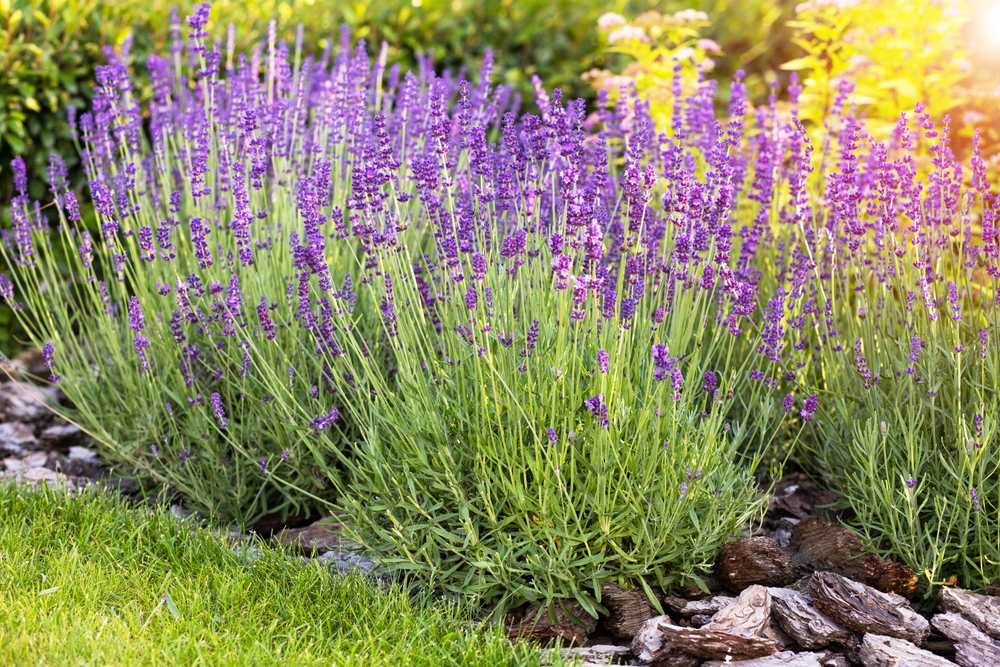
Lavender is a plant that thrives in dry, rocky, and even poor soil, making it an ideal choice for low-maintenance gardens. It prefers well-drained soil and can tolerate the neglect of nutrient-poor conditions, thanks to its deep, extensive root system. This ability to grow in inhospitable conditions allows it to flourish even in areas where many other plants struggle. Lavender’s resistance to drought and poor soil quality is a testament to its resilience, making it perfect for gardeners who want a fuss-free option.
In addition to its hardiness, lavender offers a multitude of benefits. Its vibrant purple flowers not only add beauty to gardens but also attract pollinators such as bees and butterflies. With its pleasant fragrance, lavender is an excellent choice for gardens designed for relaxation or culinary use. Even in poor soil, lavender continues to thrive with little care, and its adaptability ensures it will thrive in many environments.
Daylilies
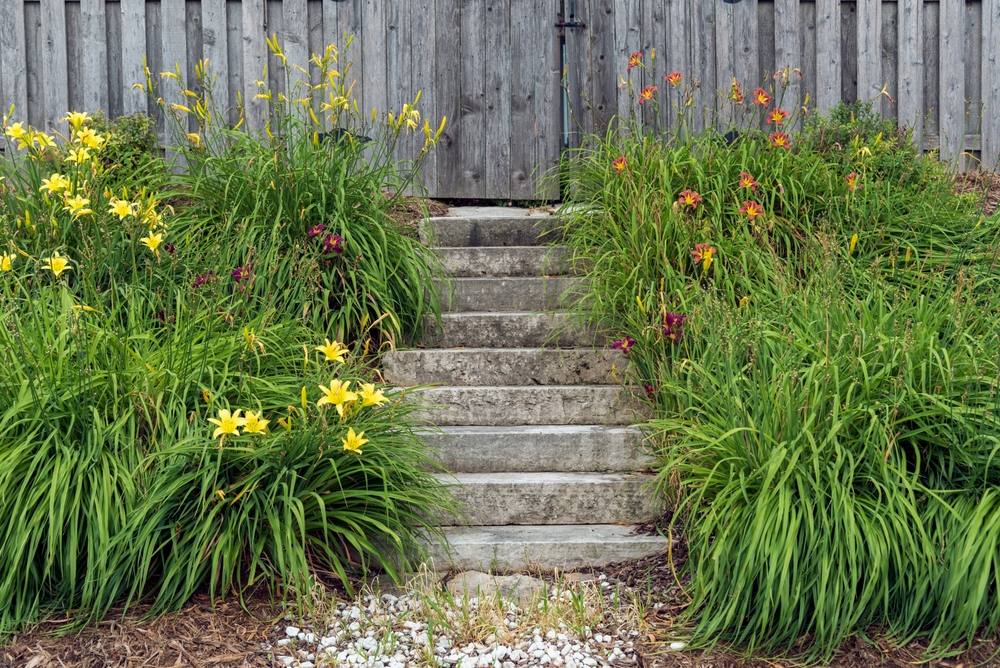
Daylilies are incredibly resilient and thrive in a variety of soil types, including compacted, poor, or clay-heavy soil. Their ability to grow in less-than-ideal conditions makes them an excellent option for gardeners who prefer to avoid soil improvement. Daylilies develop deep roots that can access nutrients from deeper layers of soil, enabling them to survive and bloom even when soil fertility is low. They are also drought-tolerant and can endure a fair amount of neglect once established.
These plants are celebrated for their bright, colorful blooms that appear in a wide range of colors. Daylilies are known for their long flowering period, and many varieties bloom repeatedly throughout the growing season. With their low-maintenance nature and ability to thrive in poor soil, they make a great choice for gardens that need a reliable, vibrant addition without the hassle of frequent care.
Coneflower (Echinacea)

Coneflowers are another tough plant that thrives in poor, dry, or slightly acidic soils. They are especially well-suited for gardeners who prefer a natural, low-maintenance garden because they require minimal attention once established. Coneflowers tolerate drought and can survive in soil that lacks significant nutrients. Their resilience makes them perfect for xeriscaping or areas with dry, neglected soil.
Not only do coneflowers perform well in poor soil, but they also offer a striking visual element to gardens. Their large, daisy-like flowers in shades of purple, pink, and white attract pollinators, especially bees and butterflies, which adds to their appeal. With their hardiness and pollinator-friendly flowers, coneflowers are a great choice for gardeners who want an easy-to-care-for plant that also supports local wildlife.
Sedum
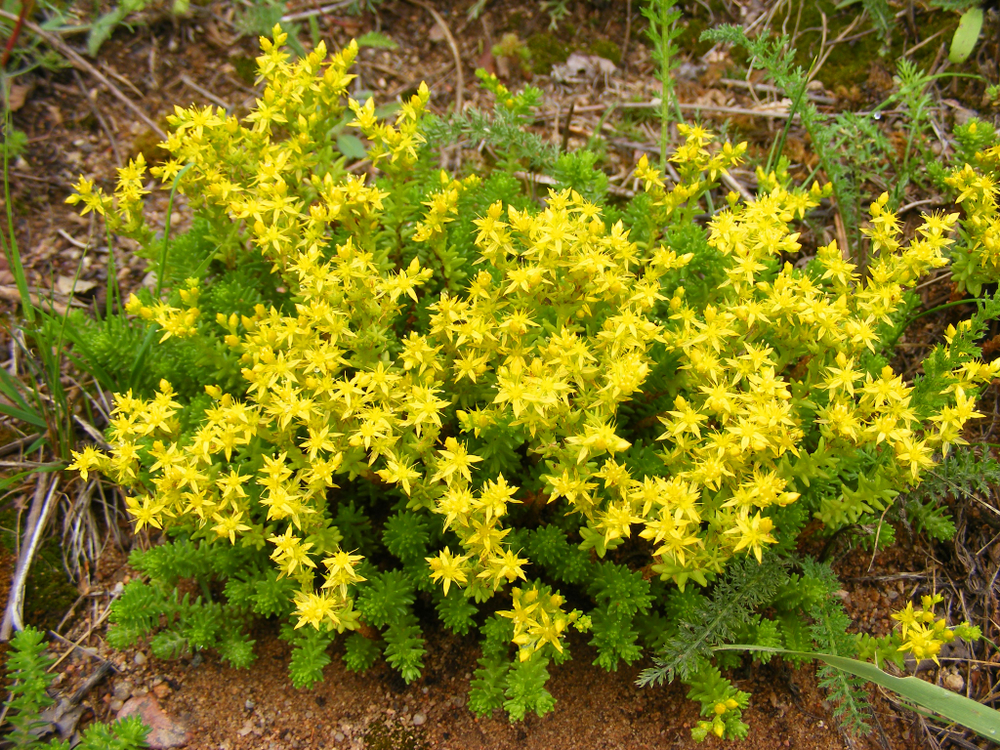
Sedum, also known as “stonecrop,” is a succulent that thrives in dry, rocky, and nutrient-poor soils. These plants are drought-tolerant, making them perfect for gardeners who do not want to deal with constant watering or soil improvement. Sedum’s thick, fleshy leaves allow it to store water, so it can endure long periods of dry conditions while maintaining its vibrant appearance. This feature makes it a low-maintenance option that requires little intervention once planted.
In addition to its drought resistance, sedum is extremely adaptable to poor soils. It can grow in a variety of conditions, including poor, sandy, and even slightly alkaline soils. Sedum’s ability to thrive in areas that many other plants would fail in makes it a great choice for ground covers, rock gardens, and xeriscapes. With minimal care, it provides a reliable, attractive addition to any low-maintenance garden.
Yarrow (Achillea)
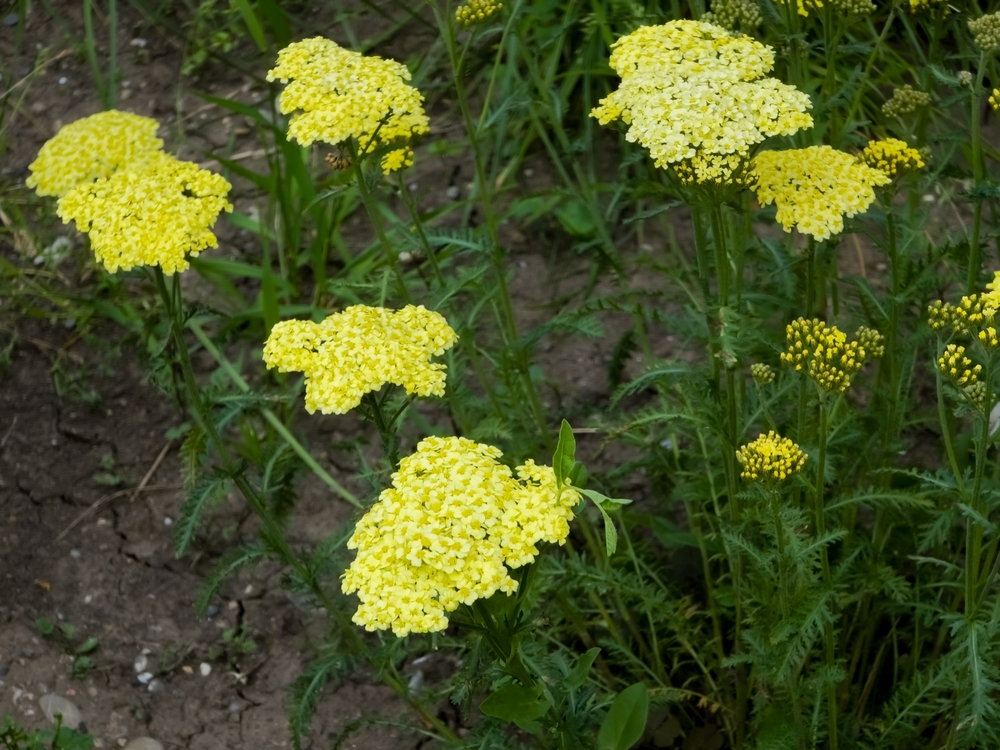
Yarrow is an incredibly versatile and hardy perennial that can grow in poor, dry soils. Known for its tolerance of rocky, compacted soil, yarrow doesn’t require rich soil to flourish. It can withstand drought conditions and minimal care, making it an excellent choice for gardeners who want a plant that thrives with little attention. Yarrow’s deep roots help it survive in nutrient-poor environments, and it does not need frequent fertilization.
In addition to being tough in poor soil, yarrow produces clusters of small, vibrant flowers in shades of yellow, red, and white. These flowers attract beneficial insects like bees and butterflies, making them a perfect choice for pollinator-friendly gardens. Its hardiness and ability to grow in a variety of soil types make yarrow an ideal low-maintenance plant for gardeners looking to add color and resilience to their landscape without the need for constant care or soil amendments.
Black-eyed Susan (Rudbeckia)
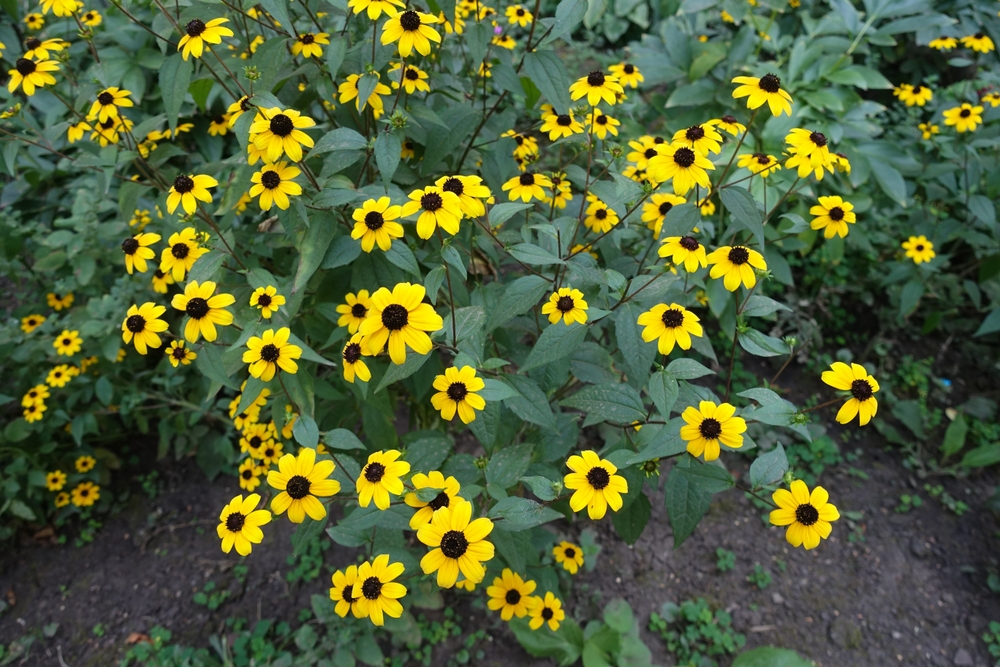
Black-eyed Susan is another drought-tolerant plant that thrives in poor, well-drained soils. Known for its bright yellow flowers and dark brown centers, it is a popular choice for gardeners who want to add a splash of color to their low-maintenance gardens. Black-eyed Susan is adaptable to various soil types, including dry, sandy, and clay soils, and it does not require regular fertilization or frequent watering to thrive.
This plant’s resilience in poor soil conditions makes it a valuable addition to gardens where other plants may struggle. Black-eyed Susans are particularly well-suited to naturalized or wildflower gardens, as they attract pollinators like bees and butterflies. They are also resistant to pests and diseases, further reducing the need for intervention and making them a great option for gardeners looking for a reliable, hardy plant.
Russian Sage (Perovskia atriplicifolia)
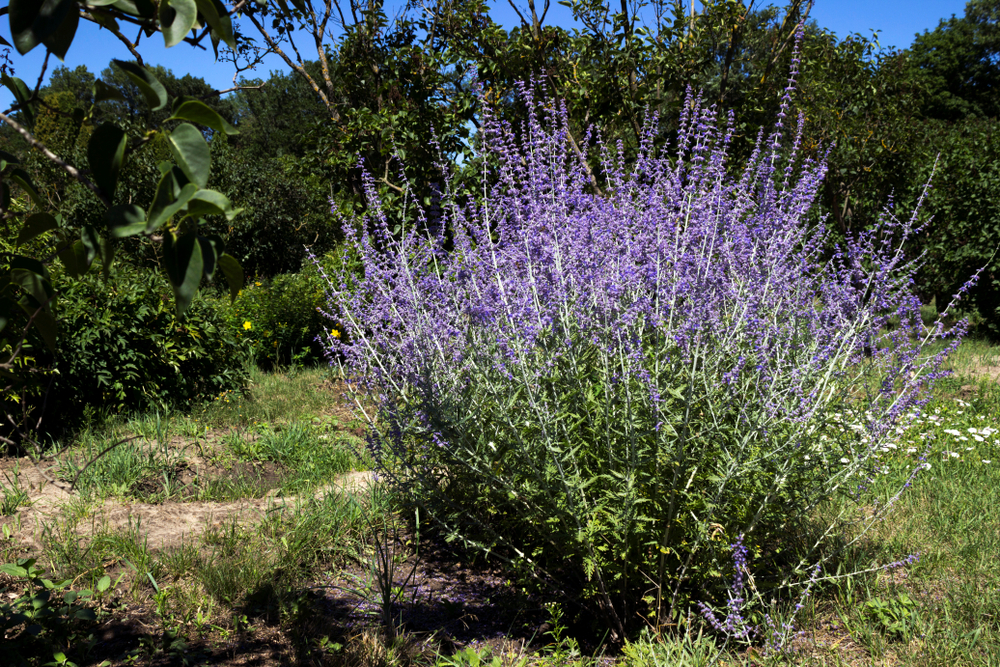
Russian sage is a hardy perennial that flourishes in poor, dry, and rocky soils. It is particularly well-suited to areas with low soil fertility, as it does not require much in the way of soil amendments. This plant is known for its silver-gray foliage and tall spires of lavender-blue flowers that bloom in late summer and fall. Russian sage is drought-tolerant and thrives in dry conditions, making it a great choice for xeriscaping or gardens with minimal watering needs.
Its ability to grow in nutrient-poor soil, combined with its stunning visual appeal, makes Russian sage a favorite for low-maintenance gardeners. It is also resistant to most pests and diseases, further reducing the amount of care it requires. Russian sage’s tall, airy growth habit and ability to tolerate poor soil conditions make it an ideal choice for adding texture and color to drought-prone gardens.
Autumn Joy Sedum (Hylotelephium ‘Herbstfreude’)
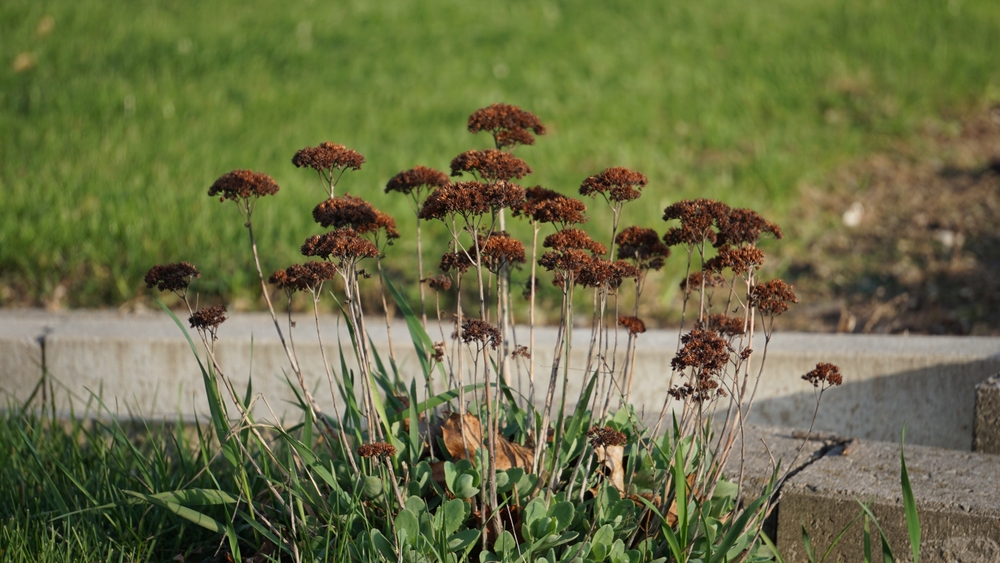
Autumn Joy Sedum is a popular variety of sedum that is particularly known for its ability to thrive in poor soils. It tolerates dry, sandy, and even rocky conditions, making it perfect for gardeners who do not want to worry about soil quality. This plant is low-maintenance and drought-tolerant, with thick, fleshy leaves that store moisture, ensuring that it can endure long periods without rainfall. It is perfect for gardeners seeking a plant that can withstand neglect while still looking attractive.
In addition to being a resilient plant, Autumn Joy Sedum offers beautiful, large clusters of pink to red flowers that bloom in late summer to fall. These flowers attract pollinators and provide vibrant color to gardens even as other plants are winding down for the season. With minimal care and its ability to grow in poor soil, Autumn Joy Sedum is an excellent choice for gardeners seeking a hardy and beautiful plant that thrives with very little maintenance.
Thyme
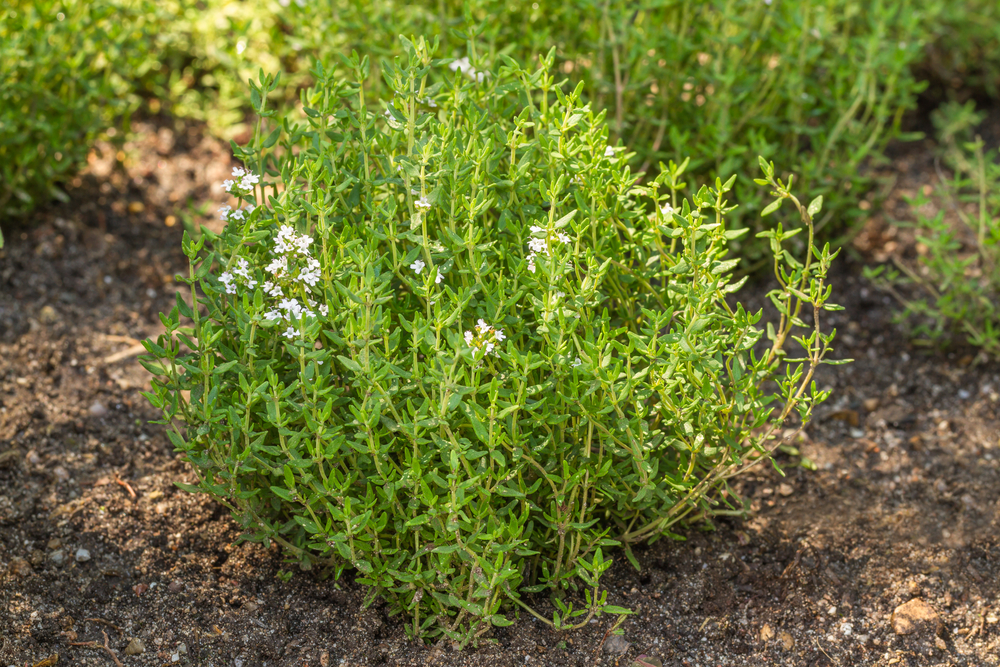
Thyme is a hardy herb that thrives in poor, rocky, and dry soils, making it ideal for low-maintenance gardens. It requires very little attention once planted, as it tolerates dry conditions and poor soil fertility. Thyme is often used in culinary gardens, but it also makes an excellent ground cover in areas with poor soil. Its dense, mat-forming habit helps to reduce weeds, making it a practical and low-maintenance option for gardeners.
In addition to being a resilient plant, thyme’s aromatic leaves make it a favorite in both gardens and kitchens. It is drought-tolerant, hardy, and often used to help enhance the flavor of many dishes. Thyme’s ability to thrive in poor soil conditions, coupled with its culinary value, makes it a great addition to any low-maintenance herb garden.
Coreopsis (Tickseed)
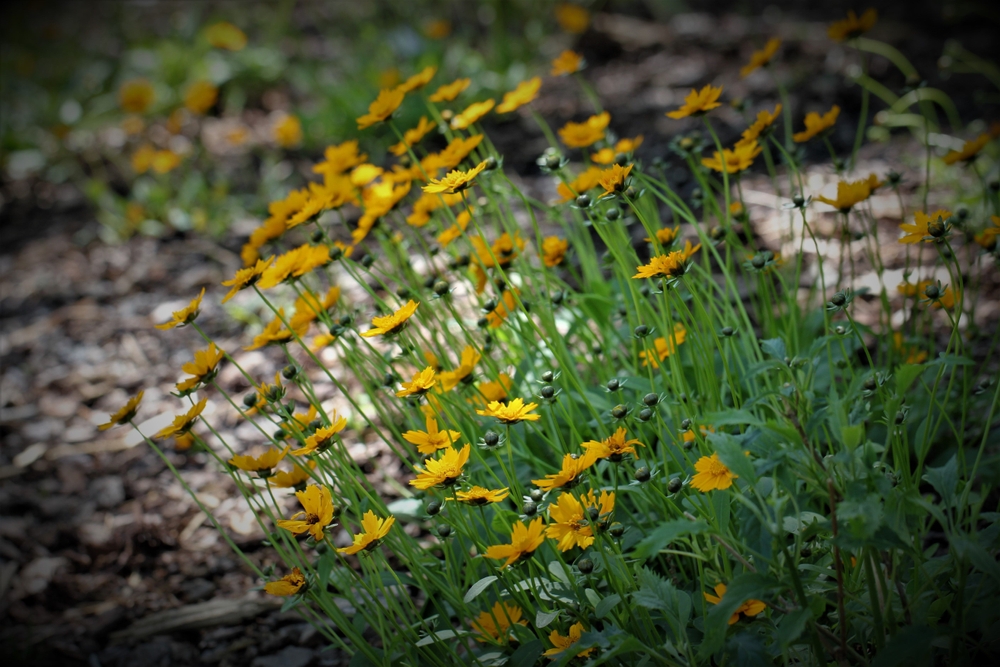
Coreopsis, also known as tickseed, is a tough perennial that thrives in poor, dry soil. It is highly adaptable and can grow in sandy, rocky, and even slightly acidic soil. Coreopsis is drought-tolerant and does not require rich, fertile soil to thrive. Its bright, cheerful yellow or pink flowers bloom from early summer to fall, making it a vibrant addition to low-maintenance gardens.
Coreopsis is also very easy to care for. It attracts pollinators like bees and butterflies, adding to its appeal in a wildlife-friendly garden. Additionally, this plant is resistant to pests and diseases, reducing the need for intervention. Its ability to tolerate poor soil, combined with its long blooming period and pest resistance, makes Coreopsis a great plant for gardeners who want a resilient, colorful option without a lot of effort.
Creeping Jenny (Lysimachia nummularia)
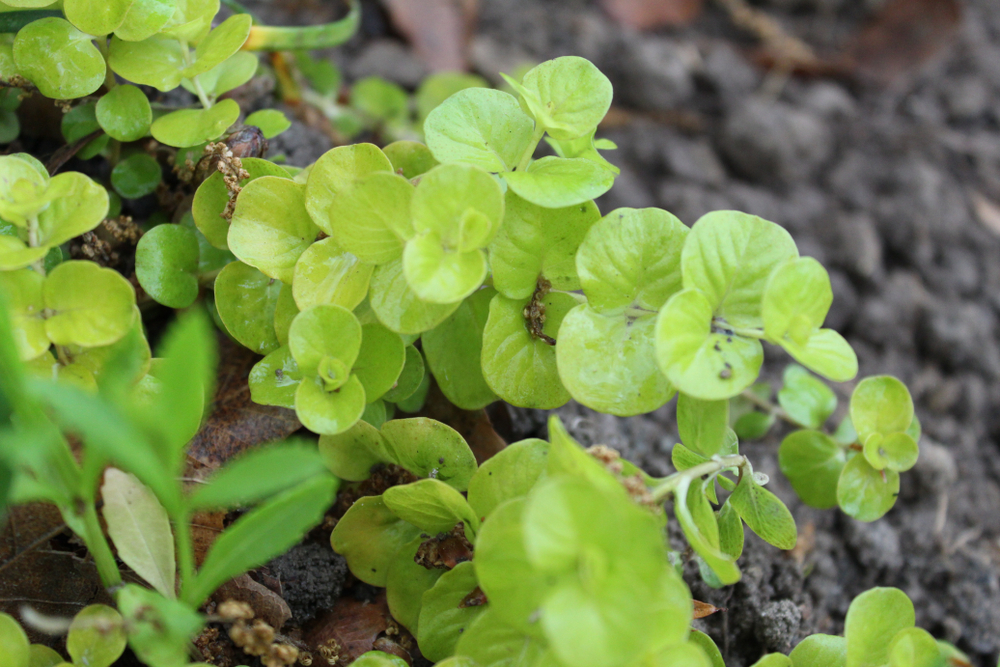
Creeping Jenny is a low-growing perennial that is known for its ability to thrive in poor, damp, and even slightly acidic soils. It is an ideal ground cover plant for areas where the soil is not ideal, as it can grow in a variety of conditions, including clay or compacted soil. Creeping Jenny is also very drought-tolerant once established, making it a low-maintenance option for gardeners who prefer plants that do not require much care.
The plant produces bright green or golden leaves and small, yellow flowers that add interest to the garden. It is often used in areas where other plants might struggle, such as between stepping stones or in shaded areas. Creeping Jenny’s hardiness in poor soil and its ability to tolerate neglect make it an excellent choice for gardeners looking for a plant that requires minimal care.
Wild Geranium (Geranium maculatum)
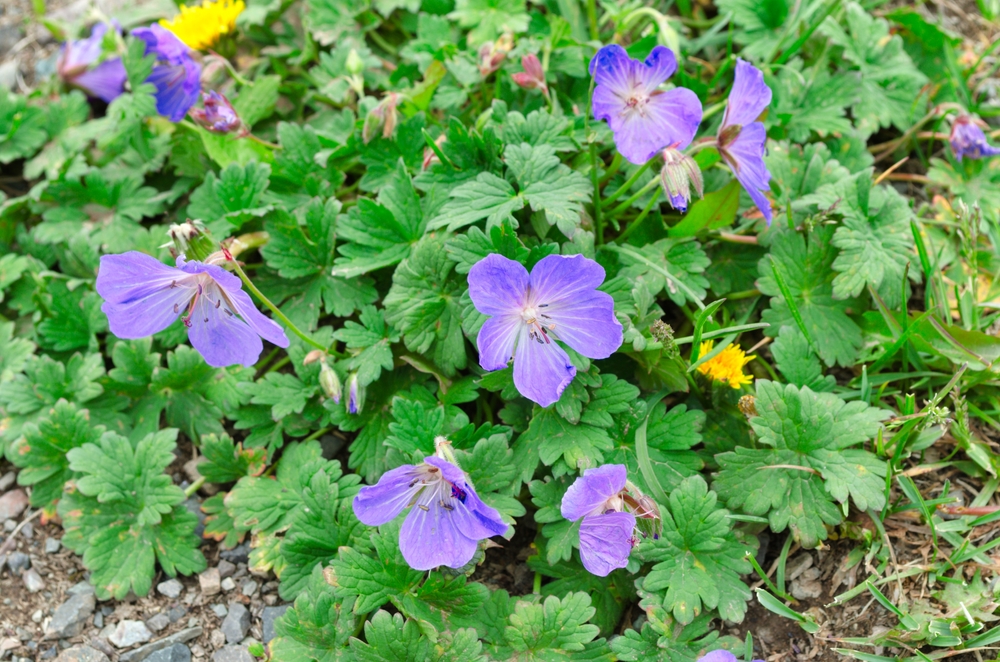
Wild geraniums are hardy perennials that can grow in poor, well-drained soil. They are especially suited for woodland gardens, where the soil tends to be acidic and nutrient-poor. Wild geraniums are adaptable and can tolerate periods of drought once established, making them a great option for low-maintenance gardens. Their ability to thrive in areas with minimal soil fertility makes them an excellent choice for gardeners who do not want to worry about frequent soil amendments.
In addition to their ability to grow in poor soil, wild geraniums offer lovely pink or purple flowers that bloom in the spring. They attract pollinators like bees and butterflies, enhancing the biodiversity of the garden. Wild geraniums are also relatively resistant to pests and diseases, further reducing the amount of care they require.
Bee Balm (Monarda)
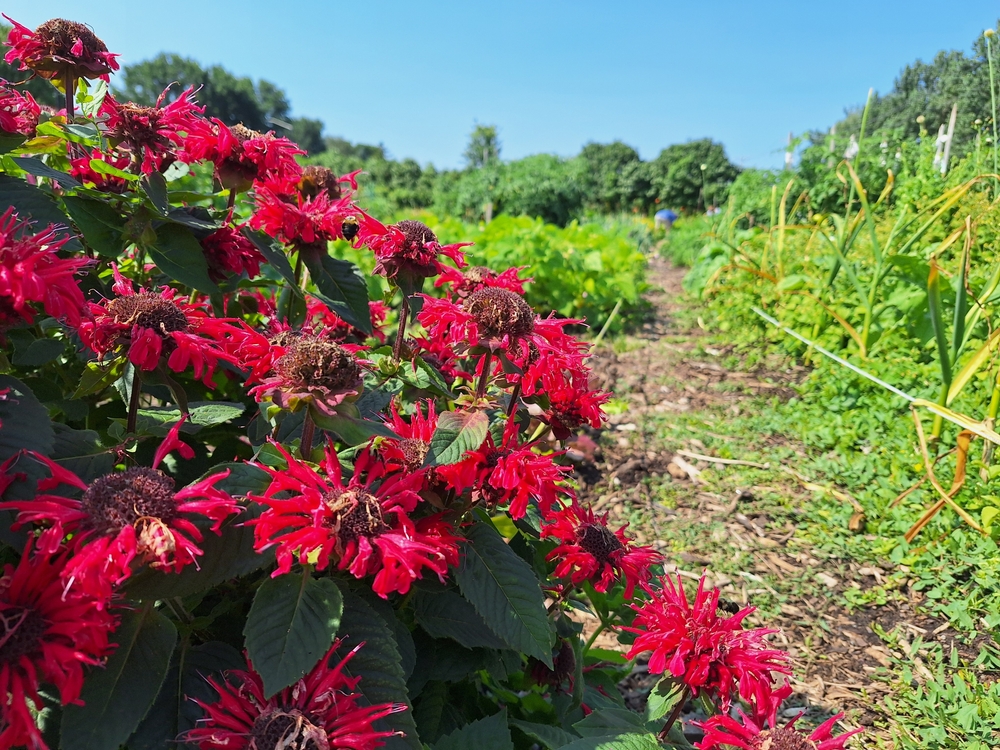
Bee balm is a native perennial that thrives in a variety of soils, including poor, clay-heavy, or sandy soils. It is particularly well-suited to gardens that do not have rich, fertile soil and can handle periods of drought. Bee balm is known for its vibrant, showy flowers in shades of red, pink, or purple, which attract pollinators like bees, butterflies, and hummingbirds. It is also resistant to pests, which helps reduce the need for chemical treatments.
In addition to being tolerant of poor soils, bee balm is easy to care for and can spread quickly, making it a good option for naturalized gardens. It adds vibrant color and attracts beneficial insects, making it a great addition to any low-maintenance, pollinator-friendly garden. Bee balm’s adaptability to poor soil and its hardiness make it a great plant for gardeners who want a colorful, easy-care option.
This article originally appeared on Avocadu.
